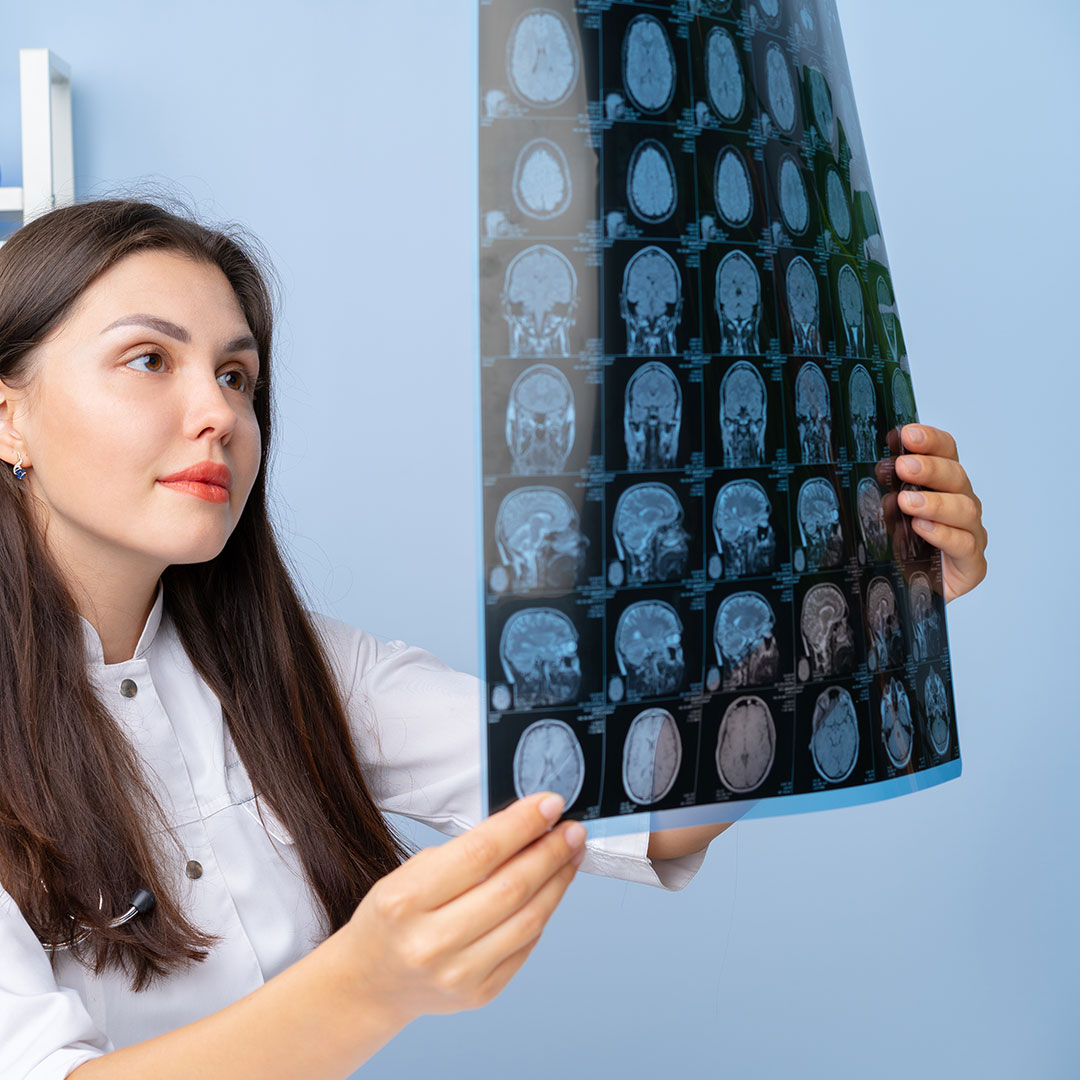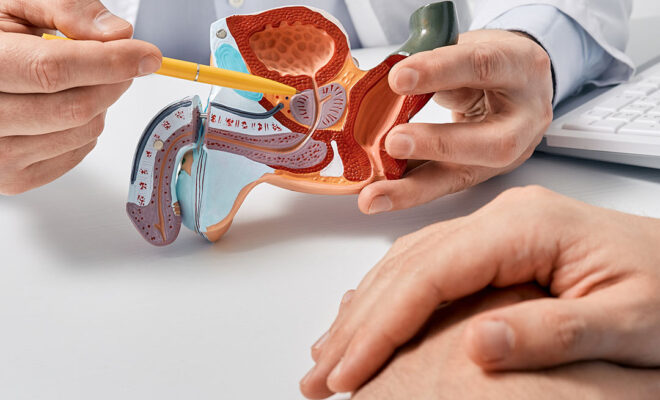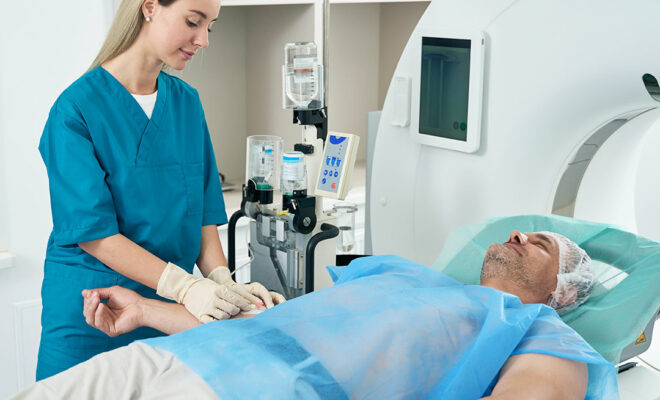8 November World Radiology Day

German physicist Prof. Dr. Wilhelm Conrad ROENTGEN discovered X-rays on November 8, 1895 and introduced them to humanity. This invention is considered by most scientists to be the beginning of modern physics. November 8 is celebrated as World Radiology Day every year. This year its 127th anniversary is celebrated. Since then, Radiology methods have been known as the seeing eye of physicians in the diagnosis and treatment of diseases.
What is radiology?
RadiologyIt is a branch of medicine that uses various imaging technologies in the diagnosis and treatment of diseases. In almost every area of the healthcare industry radiological imaging is being done. Radiology, to produce images of internal body structures x-ray, magnetic resonance (MR), computerized tomography (CT) and ultrasound (Body search It uses different imaging methods such as. Radiology is a vital component of most medical decisions affecting patients, and radiologists work with all clinical specialties.
All examinations in the field of radiology work according to the ALARA (As low as reasonably achievable) principle. ALARA; It is to make maximum efforts to give the lowest possible dose without compromising diagnosticity.
Methods of obtaining images by exposure to radiation (X-Ray); Examinations such as x-ray, fluoroscopy, mammography, tomosynthesis, computerized tomography.. X-Ray is not used in ultrasound (US) and magnetic resonance imaging (MRI), which are the most commonly used examinations.
What diseases does radiology look at?
- In the diagnosis of bone and lung diseases,
- For examination of foreign objects,
- In breast diseases,
- In the diagnosis of osteopenia-osteoporosis,
- Diagnosis and treatment of cardiovascular diseases,
- In the diagnosis of diseases occurring in internal organs,
- In the follow-up of pregnancy,
- In the diagnosis of musculoskeletal system diseases,
- Injuries and emergency medicine
- Nervous system checks such as brain, spinal cord, spine, neck, back, waist, neuroradiology,
- In imaging of abdomen, breast and soft tissue lesions,
- It is used in the examination of gynecological and pediatric diseases.
Radiology Types:
- Diagnostic Radiology
In diagnostic radiology, structures and organs within the body are imaged. Radiologists interpret these images.
- In diagnosing the cause of the symptoms,
- In evaluating the body's response to the treatment received,
- It can be used in the early diagnosis of different diseases such as breast cancer, colon cancer or lung cancer.
The most commonly used diagnostic radiology tests:
- x-ray
- ultrasound
- mammography
- Fluoroscopy
- Computed tomography (CT) and CT angiography (CTA)
- Magnetic resonance angiography (MRA) and Magnetic resonance imaging (MRI)
- Bone density measurement (bone densitometer)
- Interventional and Therapeutic Radiology
Interventional radiology provides guidance for minimally invasive procedures in the treatment of patients who do not undergo surgery. It can be performed with imaging methods such as CT, ultrasound, MRI and fluoroscopy.
Examples of interventional radiology procedures:
- Needle biopsies: In organs such as lungs, thyroid gland, liver...
- Breast biopsy: Stereotactic or ultrasound techniques
- Angiography (vein imaging) or angioplasty (vein dilation) and stent placement.
- Embolization to control bleeding.
- Cancer treatments: Tumor embolization with chemoembolization (embolization with microspheres loaded with chemotherapy drugs) or Y-90 radioembolization (Yttrium-90 microspheres)
- Tumor ablation treatments: Radiofrequency ablation (evaporation with heat), cryoablation (freezing the tumor), or microwave ablation (evaporation with heat)
Who is a Radiology Specialist?
Radiology Specialist; It is the professional title given to the person who monitors the diseases of patients during the diagnosis and treatment process in the field of radiology and performs radiological procedures for treatment purposes. Diagnosis is made by examination and tests by a doctor who specializes in the field in question. Radiologists may work with all medical professionals depending on the patient's condition
In order to become a Radiology Specialist, 6 years of Medical Faculty education must first be completed. Then, it is necessary to qualify to specialize in the field of radiology by taking the medical specialization exam. Those who successfully complete their specialist training can work as Radiology Specialists.
Dr. Çise NİZAMOĞLU GÜLTEKİN
Radiology Specialist
Contact Us For Appointment:
Telephone line: 0392 444 3548 (ELIT)
Contact Form: https://www.elitenicosia.com/iletisim/













